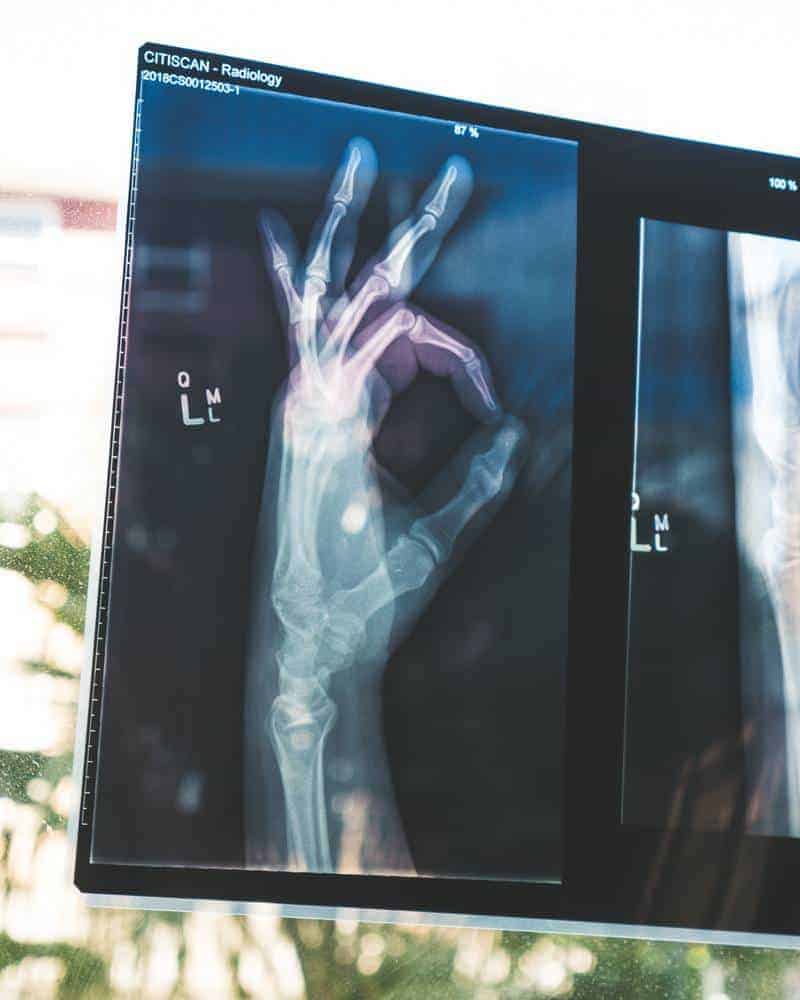NHS funding was a key talking point during the recent General Election campaign in the UK, with the Tory party coming under fire for declaring proposed spending plans in cash rather than real-terms adjusted for inflation.
However, Health Secretary Matt Hancock has recently pledged £40 million for new technology to help improve patient flow and speed up the time taken to log into computer systems.

This is just the latest example of how technological upgrades and innovation is helping to improve the way in which health organisations in the UK. Here are some of the most influential technologies (and trends) to keep in mind:
An Improved Social Media Presence
This is an interesting one, as physicians and healthcare providers (including both private and public institutions) have recently made it standard practice to connect patients and medical experts through social media.
In simple terms, this makes it far easier for patients to access accurate and detailed medical information, so that they can educate themselves and reassure any concerns that they have concerning potential medical issues or symptoms.
Even more importantly, social media provides patients with an avenue through which to communicate directly with healthcare providers through an interactive, safe and ultimately anonymous channel.
This can also help patients to narrow down their options and seek out the appropriate care quickly, whilst saving the time of doctors and GPs nationwide.
Improved Medical Treatment and Equipment
Arguably, improved healthcare is the single most important benefit of technological advancement, particularly in terms of the treatments and equipment now available to healthcare providers.
Both of these elements translate into increased quality of life for various patients nationwide, including people suffering from long-term conditions and illnesses.
This trend shows no sign of abating either, with medical research helping to identify new and ground-breaking medicines that continue to eradicate (or at least manage) life-threatening illnesses.
The use of AC to DC converters also negates the need for multiple inverters and facilitates more energy-efficient coupling of resources. This reduces energy consumption at hospitals and their operational costs, freeing up more capital to be invested elsewhere.
Faster Results and Improved Patient Communication
From hand-written records and lost files, the hospital administration has appeared somewhat chaotic amidst ongoing funding issues and shortages in manpower. The aforementioned £40 million investment in new computer technology will help negate this, but work has already been done to improve patient communication nationwide.
One example of this exists in the form of electronic records, which provide seamless and consistent patient files that can be seamlessly accessed by multiple devices in real-time. This undoubtedly improves communication between patients and doctors, whilst allowing for quicker diagnosis and the delivery of faster results.
In addition to this, many hospitals and clinics offer web portals that enable patients to access specific test results almost as soon as they’ve been processed. This is a great way of allowing patients to keep informed as they seek out specific diagnostic advice or treatment, while it also eases any anxiety that you may have in double-quick time.





